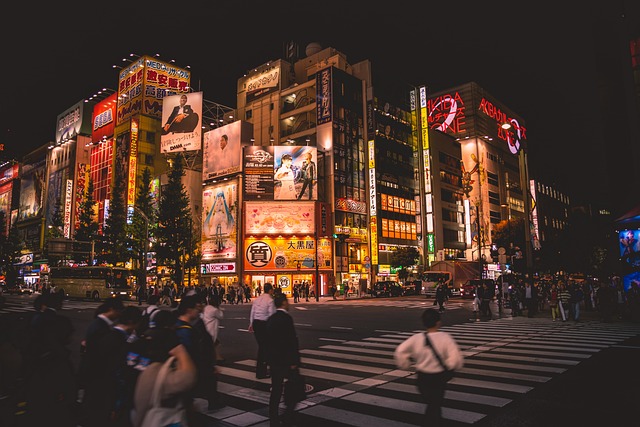Traffic congestion in Karachi's Shah Faisal Colony is driven by rapid urbanization, inadequate infrastructure, and inefficient public transport. Key thoroughfares like the Super Highway and M.A. Jinnah Road often become choked with vehicles during rush hours. To ease congestion, strategic interventions such as optimized signal timings, improved public transport, smart mobility solutions (like real-time traffic monitoring and dynamic parking pricing), and effective urban planning are essential. These measures aim to transform the area into a smoother, more accessible space for all, revolutionizing Karachi's transportation landscape.
In the bustling metropolis of Karachi, understanding traffic dynamics is crucial for efficient urban mobility. This article delves into the intricate traffic patterns of Shah Faisal Colony, a vibrant yet congested area. We explore the challenges and causes behind gridlock, from peak hour surges to inadequate infrastructure. Furthermore, we propose strategies to enhance traffic flow and introduce the concept of smart mobility solutions tailored for Karachi’s unique context, offering a glimpse into the future of seamless urban transportation.
- Understanding Traffic Patterns in Karachi's Shah Faisal Colony
- Challenges and Causes of Congestion
- Strategies for Improving Traffic Flow
- The Future of Smart Mobility in the Area
Understanding Traffic Patterns in Karachi's Shah Faisal Colony
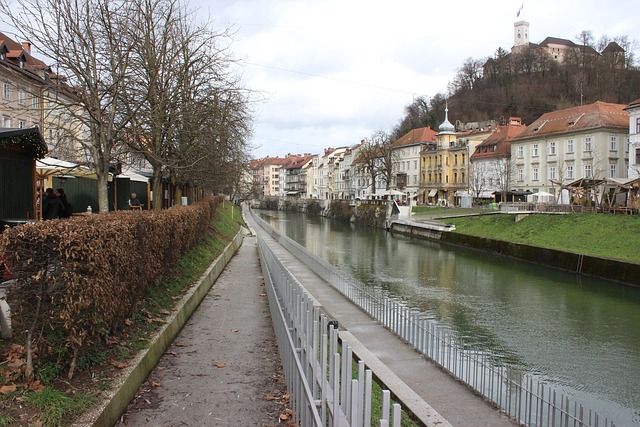
Traffic patterns in Karachi’s Shah Faisal Colony, a bustling metropolis within the city, are a complex web influenced by various factors. The colony, known for its vibrant commercial hubs and residential areas, experiences peak traffic during rush hours as folks navigate their daily commutes. Understanding these patterns is crucial for both residents and authorities to ensure smooth mobility and address potential congestion hotspots.
Karachi’s unique geography, with its network of busy streets and roads, plays a significant role in shaping the traffic dynamics. Major thoroughfares like the Super Highway and M.A. Jinnah Road serve as lifelines, connecting different parts of the city. However, these arteries often become congested during peak times due to high vehicle density. By studying these traffic flows, urban planners can implement strategic interventions, such as optimizing signal timings or suggesting alternative routes, to alleviate congestion and enhance overall connectivity in Shah Faisal Colony.
Challenges and Causes of Congestion
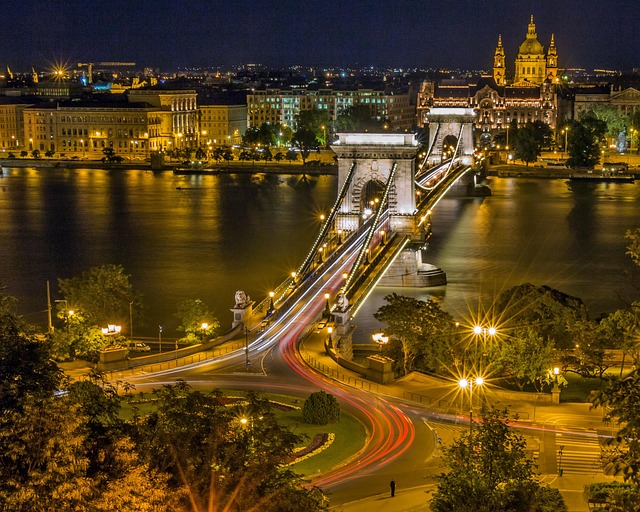
The traffic congestion in Karachi, particularly within areas like Shah Faisal Colony, presents a multifaceted challenge. One primary cause is the rapid urbanization and population growth that has led to an increase in vehicles on the road. This surge in vehicular traffic, coupled with inadequate infrastructure, results in significant bottlenecks during peak hours. The limited number of lanes, poorly designed intersections, and insufficient parking spaces exacerbate the situation.
Additionally, lack of proper public transport systems encourages more people to use private vehicles, further contributing to the congestion. Another factor is the haphazard development of residential and commercial areas without considering traffic flow management. The absence of efficient signal timings and traffic rules enforcement also plays a role in prolonging commute times and creating a chaotic driving environment in Karachi’s bustling neighborhoods like Shah Faisal Colony.
Strategies for Improving Traffic Flow
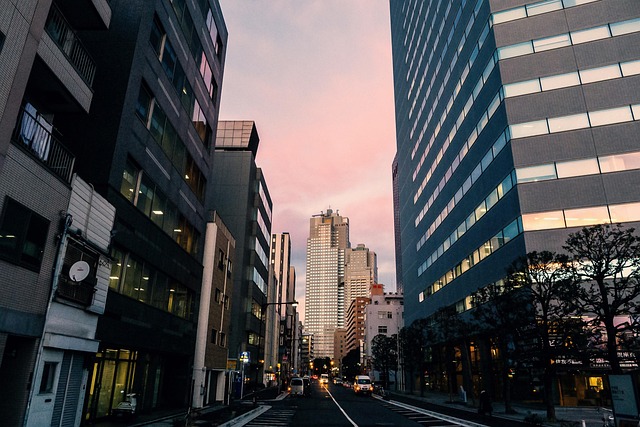
To tackle the traffic congestion in Karachi, particularly within Shah Faisal Colony, several strategic interventions can significantly improve traffic flow. First, implementing intelligent transportation systems (ITS) such as traffic signal optimization and real-time monitoring can help regulate traffic more efficiently. These technologies allow for dynamic adjustments to signal timings based on current traffic conditions, reducing delays and congestions hotspots.
Additionally, encouraging public transport usage through improved bus routes, dedicated lanes, and modern, comfortable buses can ease the strain on road space. Promoting shared mobility options like carpooling and bike-sharing schemes can further reduce the number of private vehicles on the roads. These measures, combined with effective urban planning that includes better road infrastructure and pedestrian-friendly pathways, can transform Shah Faisal Colony into a more smoothly navigable area for residents and visitors alike.
The Future of Smart Mobility in the Area
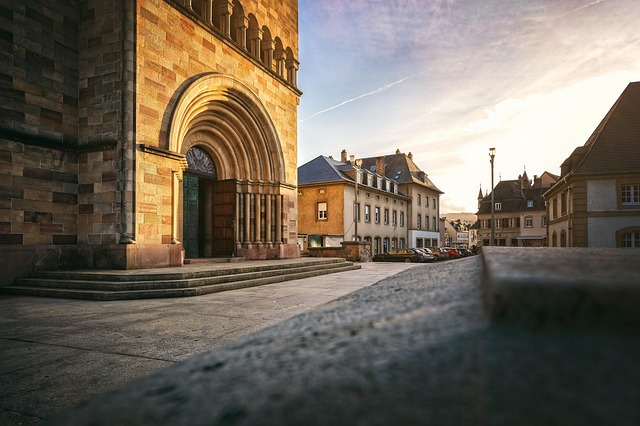
The future of traffic management and mobility in Karachi’s Shah Faisal Colony is looking smarter and more efficient. With rapid urbanization and an increasing number of vehicles, implementing innovative solutions is essential to alleviate congestion and enhance the overall transportation experience. Smart mobility technologies offer a promising path forward.
Integrating advanced systems like real-time traffic monitoring, dynamic pricing for parking, and intelligent transport networks can optimize flow and reduce travel times. These smart solutions not only aim to manage existing traffic but also encourage sustainable commuting options. By leveraging data analytics and digital infrastructure, Karachi can strive towards becoming a model city for efficient and eco-friendly transportation in the future.
Shah Faisal Colony in Karachi faces significant traffic challenges, as evidenced by frequent congestion. This article explored the complex web of factors contributing to this issue, from understanding local traffic patterns to identifying root causes. It also outlined practical strategies to enhance traffic flow and presented a glimpse into the future of smart mobility solutions tailored for the area. By implementing these measures, Karachi can strive towards smoother transportation experiences for its residents and visitors alike.
